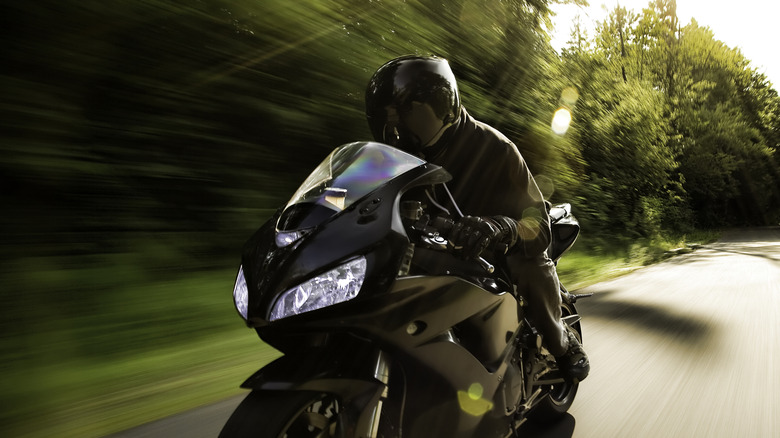Motorcycle Clothing Protection Ratings: What A, AA, & AAA Mean
Motorcycling is the most dangerous mode of transportation in the United States. In 2022 alone, there were 82,687 injuries and 6,218 fatalities among American motorcyclists. This obviously doesn't mean you should avoid motorcycling altogether, but it's important to be aware of these statistics and take the necessary safety precautions. That includes investing in protective gear, clothing, and motorcycle accessories that will make your next ride safer.
But how do you gauge the level of protection offered by motorcycle gear? For that, you'll want to refer to the CE ratings. CE, or Conformité Européenne (French for European Conformity), is a marking used for products sold in the European Economic Area (EEA). It is also found outside Europe on products that were manufactured in the EEA or intended to be sold there. With motorcycle clothing, there are three distinct protection classes: A, AA, and AAA. What does that mean, exactly? Here's what you need to know.
What's the difference between A, AA, and AAA ratings?
You can think of motorcycle clothing protection ratings this way: Class A garments offer basic protection, Class AA offers mid-level protection, and Class AAA provides maximum safety under CE standards.
For instance, basic riding jeans and entry-level summer jackets typically fall under Class A, while items like touring motorcycle jackets belong in the AA category. The AAA Class, meanwhile, includes full-body racing suits and similar items designed for extreme conditions.
If a garment has an A rating, it is likely light and comfortable, which makes it suitable for urban riding. A piece of motorcycle gear with an AA rating would be slightly heavier and more robust. Any items with an AAA rating would be significantly heavier and bulkier, providing maximum protection but sacrificing some comfort and mobility.
As a general rule of thumb, you should try to achieve a balance between comfort and safety — you probably wouldn't want to wear a full leather racing suit during a casual city commute, nor would you want to go on a touring trip without class AA gear.
CE-tested vs. CE-certified vs. CE-approved
Even if an item has CE on the label, that does not necessarily mean it fully meets the safety standards set by European regulatory bodies. There are significant differences between CE-tested, CE-certified, and CE-approved motorcycle gear. For instance, if a piece of clothing is CE-tested, that usually means the manufacturer tested it on its own. If it is CE-certified, then it was tested in a certified testing facility, though it may not be stated clearly which part of the garment was actually tested. If a garment is marked CE-approved, several parts of it were tested and officially approved to meet European safety standards.
It is also important to note that motorcycle helmets, which are the most important piece of safety gear, need to meet additional requirements. In Europe, motorcycle helmets must comply with the ECE (Economic Commission for Europe) standard. The U.S. uses the Federal Motor Vehicle Safety Standard 218, known as the DOT standard, as it is set by the Department of Transportation.
How motorcycle clothing is tested and categorized
As of 2018, motorcycle garments are recognized as Personal Protective Equipment (PPE) in the European Union under the EN 17092 standard. This means that protective motorcycle gear is tested for things like impact abrasion resistance, seam and tear strength, dimensional stability, and so on.
The protection class of a garment is determined by how likely different parts, or zones, of it are to experience mechanical stress. There are three zones: Zone 1 refers to areas with a high risk of damage in the event of a crash, such as shoulders, elbows, hips, or knees, while Zone 2 includes parts of the body with a moderate risk of damage, like arms or back, and Zone 3 covers areas like chest, abdomen, and thighs.
These motorcycle safety standards have not been officially adopted in the U.S., where riders are not required by law to wear CE protective apparel — laws do vary from state to state, but this type of protective clothing is typically only mandatory in track events.



